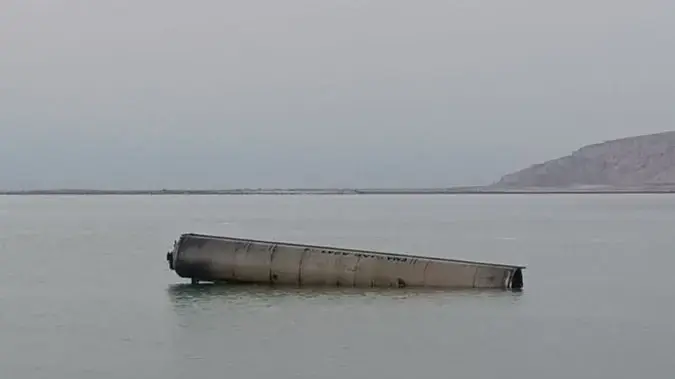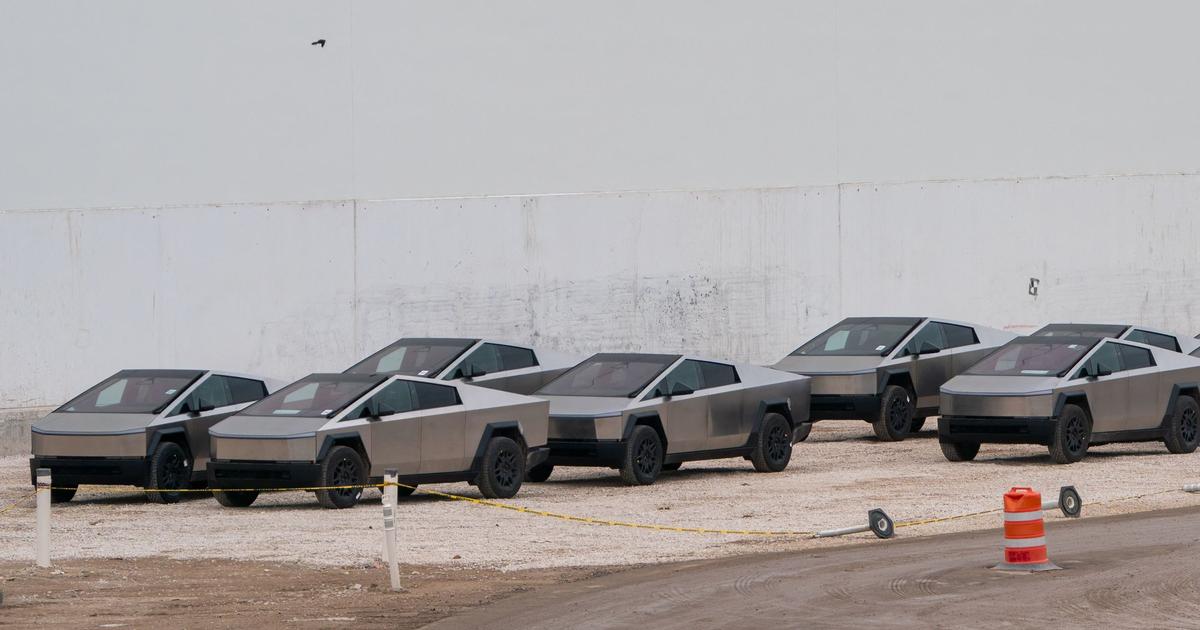Focus on climate crisis
All articles | More information
Reporting on climate change is one of the major journalistic challenges of our time. The climate crisis is also one of the most important issues of humanity for SPIEGEL. For this reason, we support an international initiative that seeks to take a look this week: "Covering Climate Now" has been initiated by the Columbia Journalism Review and the Canadian newspaper "The Nation", with more than 200 media companies worldwide including the Guardian, El País, La Repubblica, The Times of India, Bloomberg or Vanity Fair. SPIEGEL is dedicating the cover story of the current issue to the climate crisis this week and every day pays special attention to mirror.de
Everyone has to do something to save the climate. But who feels climate protection most in the purse? A study by the German Institute for Economic Research (DIW) shows that the climate package of the Federal Government primarily affects private households with low incomes. The planned price for the emission of CO2 in the traffic and building sector hit the poorer more than the rich.
The researchers calculated that low-income households are sometimes burdened by more than one percent of their net income. The top 10 percent of households, on the other hand, only expect an additional burden of 0.4 percent of net income on average.
The study also concludes that the planned CO2 price in the climate package is insufficient to meet the 2030 climate targets in the transport and building sectors.
Voice # 113 - Is Angela Merkel really the "Climate Chancellor"?
- Subscribe to
- Apple podcasts
- Spotify
- Deezer
- Alexa
- RSS
All podcasts
From 2021, the federal government wants to introduce a price for the emission of CO2 in traffic and in buildings. This increases the price of climate-damaging fuels from oil and natural gas and is intended to stimulate the development and purchase of climate-friendly cars and heaters. The CO2 price should initially be 10 euros per ton and gradually increase.
The state generates billions and wants to relieve the citizens. For example, the commuter tax allowance is to increase and the EEG levy to promote green electricity is to be reduced. Here, according to the DIW study, low-income earners tend to benefit from the lower electricity prices. The commuter allowance helps the good earners.
More about the climate crisis








